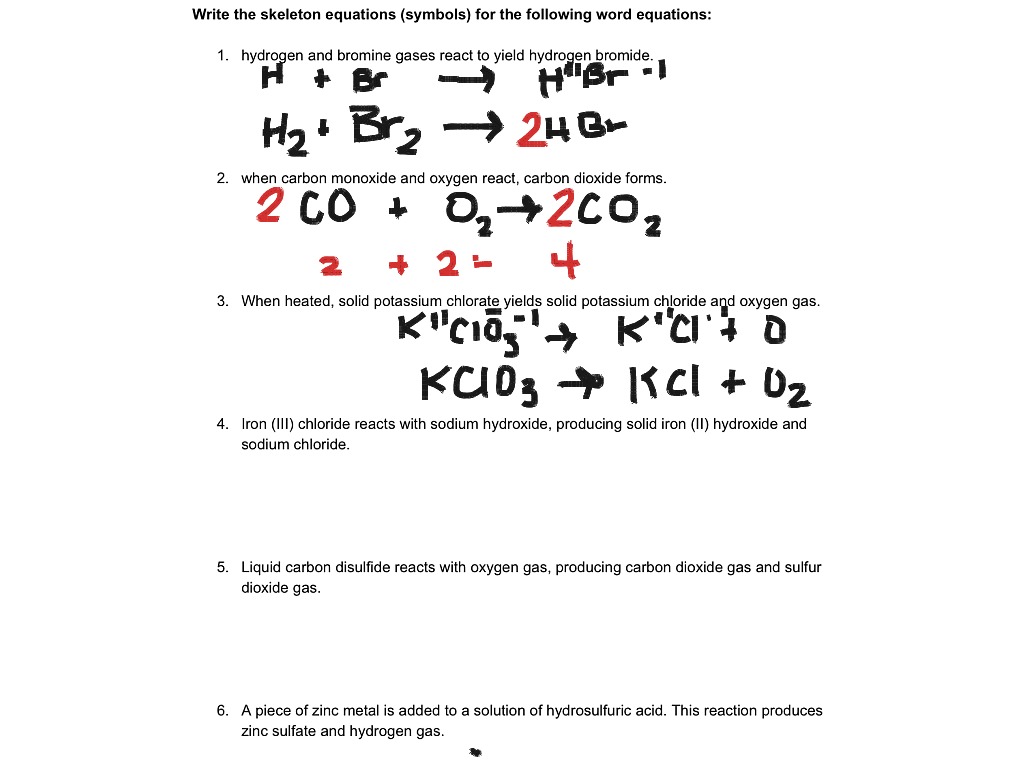
Heteroatoms and other groups of atoms that give rise to relatively high rates of chemical reactivity, or introduce specific and interesting characteristics in the spectra of compounds are called functional groups, as they give the molecule a function.

with "C"), whereas heteroatoms are always explicitly noted as such ("N" for nitrogen, "O" for oxygen, etc.) In addition, carbon atoms are not generally labelled as such directly (i.e. Hydrogen is the most common non-carbon atom that is bonded to carbon and, for simplicity, is not explicitly drawn. The skeleton has hydrogen and/or various substituents bonded to its atoms. Skeletal atoms other than carbon or hydrogen are called heteroatoms. The skeleton can consist of chains, branches and/or rings of bonded atoms.
#Skeletal structure chemistry calculator series
The skeletal structure of an organic compound is the series of atoms bonded together that form the essential structure of the compound. While skeletal and conformational structures are also used in organometallic and inorganic chemistry, the conventions employed also differ somewhat. However, there are slight differences in the conventions used, and the reader needs to be aware of them in order to understand the structural details encoded in the depiction. Other types of representation, such as Newman projection, Haworth projection or Fischer projection, also look somewhat similar to skeletal formulae. For example, conformational structures look similar to skeletal formulae and are used to depict the approximate positions of atoms in 3D space, as a perspective drawing. Several other ways of depicting chemical structures are also commonly used in organic chemistry (though less frequently than skeletal formulae). Skeletal formulae have become ubiquitous in organic chemistry, partly because they are relatively quick and simple to draw, and also because the curved arrow notation used for discussions of reaction mechanisms and electron delocalization can be readily superimposed. Hence they are sometimes termed Kekulé structures or Lewis–Kekulé structures. It employs certain conventions to represent carbon and hydrogen atoms, which are the most common in organic chemistry.Īn early form of this representation was first developed by organic chemist August Kekulé, while the modern form is closely related to and influenced by the Lewis structure of molecules and their valence electrons.


It is represented in two dimensions, as on a piece of paper. A skeletal formula shows the skeletal structure or skeleton of a molecule, which is composed of the skeletal atoms that make up the molecule. The skeletal formula, or line-angle formula or shorthand formula, of an organic compound is a type of molecular structural formula that serves as a shorthand representation of a molecule's bonding and some details of its molecular geometry. The skeletal formula of the antidepressant drug escitalopram, featuring skeletal representations of heteroatoms, a triple bond, phenyl groups and stereochemistry


 0 kommentar(er)
0 kommentar(er)
